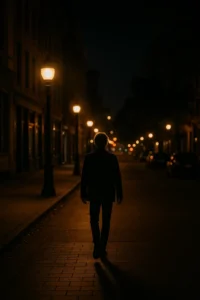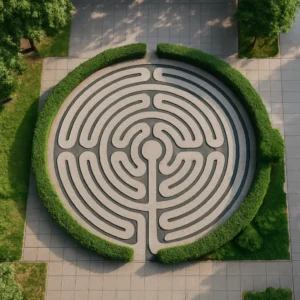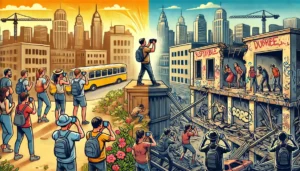Cities are living archives, and architecture is one of their most powerful storytellers. Every building, street, and structure reflects layers of time—each shaped by political shifts, cultural movements, social changes, and economic forces. The relationship between architecture and urban history is deep and dynamic. Architecture doesn’t just exist in cities—it defines them, records their evolution, and influences how people live and interact. To understand a city’s past, look at its walls, its facades, and the spaces in between.
Architecture as a Historical Record
Architectural styles are often markers of specific time periods. Gothic cathedrals speak of medieval Europe’s religious devotion and skilled craftsmanship. Neoclassical columns echo the Enlightenment’s admiration for Ancient Greece and Rome. Art Deco skyscrapers reflect early 20th-century optimism and industrial progress. These buildings serve as visual cues to the values and priorities of their eras. They tell us how people saw the world—and how they wanted the world to see them.
Urban Growth and Shifting Needs
As cities grow, architecture adapts. From the fortified medieval towns to the grid systems of modern metropolises, the evolution of urban planning reflects the needs and pressures of the time. Industrialization brought factories, railways, and dense housing blocks. The post-war boom created suburbs and modernist towers. Contemporary architecture now incorporates sustainability, technology, and density. Each change reflects shifts in population, economy, and worldview.
Power, Identity, and Architecture
Architecture has long been used as a symbol of power. Monarchs built palaces to display wealth and dominance. Governments constructed monumental buildings to inspire national pride—or fear. Religious institutions raised temples, churches, and mosques to mark sacred space. At the same time, communities used architecture to express identity and belonging—from neighborhood row houses to public squares where people gather. Cities like Paris, Istanbul, and Beijing are defined as much by their architecture as by their politics.
Destruction and Rebuilding
Architecture also records destruction. War, natural disasters, and political decisions can erase entire neighborhoods. Yet from these ruins, cities often rebuild, mixing old with new. Warsaw’s reconstructed Old Town, Berlin’s blend of Cold War architecture and contemporary design, or Beirut’s post-conflict restoration all show how architecture bridges memory and renewal. These layers of rebuilding become a physical timeline—honoring the past while adapting for the future.
The Role of Preservation and Restoration
Urban history is not just about building new—it’s also about protecting what remains. Historic preservation efforts ensure that important buildings are not lost to time or development. Cities like Rome and Kyoto balance modern life with the careful conservation of ancient architecture. These efforts help future generations understand their cultural roots, and remind us that history isn’t just in books—it’s in brick, stone, and steel.
Everyday Architecture Tells a Story Too
While grand monuments attract attention, it’s often the everyday buildings that reflect a city’s soul. Old cinemas, markets, apartment blocks, and corner cafés all hold stories. They show how people lived, worked, and connected. A city’s history is found in its neighborhoods as much as in its landmarks. Listening to these ordinary spaces reveals the emotional and social layers of urban life.
Modern Architecture and the Future of History
Today’s architects are creating the history of tomorrow. The materials they use, the forms they design, and the communities they shape will reflect our current moment. Green buildings, smart cities, and inclusive public spaces are part of a new chapter—one that responds to climate change, technological innovation, and social justice. Architecture continues to be a dialogue between the past and the future.
Conclusion: Cities as Living Museums
Architecture is more than shelter or design—it’s a living record of where we’ve been, who we are, and where we’re going. In every arch, tower, street, and plaza lies a piece of urban history. Understanding this relationship deepens our connection to the places we inhabit. Cities, through their architecture, become museums without walls—filled with stories that continue to unfold every day.







